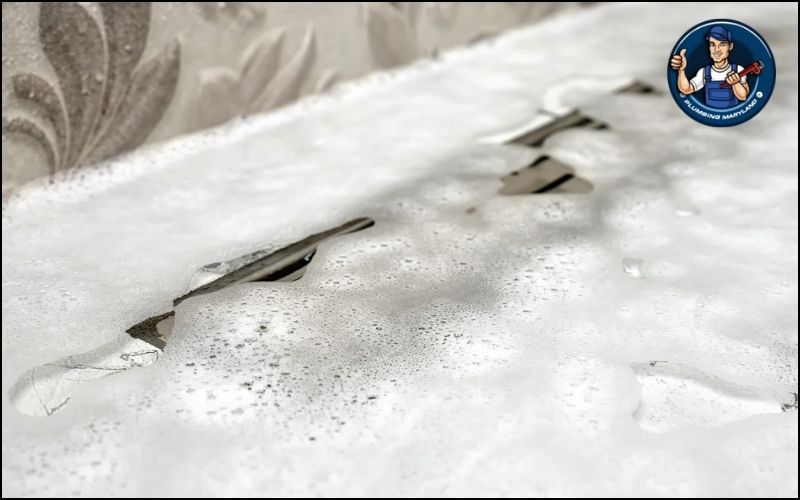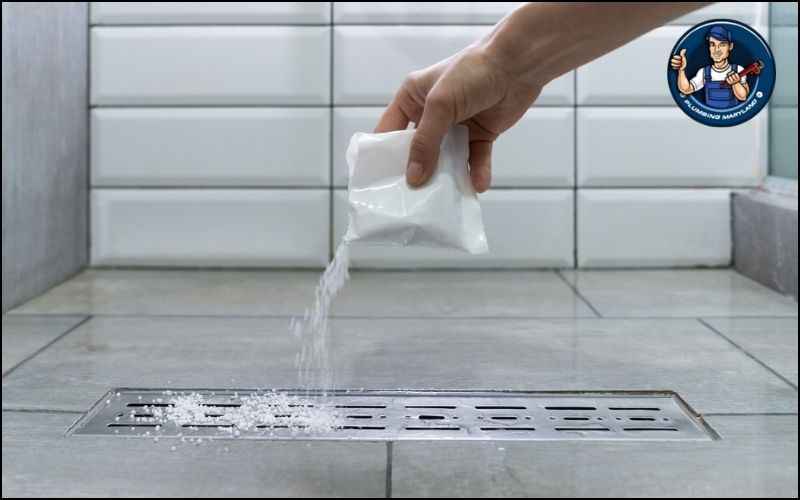A clogged shower drain is a common household issue, and it can be incredibly frustrating when water starts to pool around your feet instead of flowing smoothly down the drain. Whether it’s slow drainage or a complete blockage, understanding how to unclog your shower drain quickly can save you time, money, and potential plumbing headaches. Fortunately, many clogs can be cleared with a few simple tools and DIY techniques before you even need to consider calling a professional.
In this guide, we’ll walk you through the steps to unclog your shower drain effectively. We’ll cover everything from identifying the cause of the clog to using common household items to restore proper drainage. With a little effort and the right tools, you can handle this problem with confidence.
1. Identify the Cause of the Clog
Before diving into the solutions, it’s important to identify the cause of the clog. The most common culprits in shower drains are:
- Hair: Hair strands can easily get stuck in the drain, leading to blockages over time.
- Soap Scum: Over time, soap and shampoo can leave a sticky residue that combines with hair and debris, causing a buildup.
- Mineral Deposits: In areas with hard water, minerals can accumulate and create a thick layer inside the pipes.

A slow-draining shower or standing water are the most obvious signs of a clog, so take note of how long it takes for water to drain. If the water pools and doesn’t go away on its own, it’s time to get to work.
2. Tools and Materials You’ll Need
Having the right tools on hand will make the process easier and faster. Here’s a quick list of what you might need:
- Plunger
- Drain snake (or auger)
- Baking soda and vinegar
- Boiling water
- Wet/dry vacuum (optional)
Having these tools available can help you tackle a wide range of clogs without the need for professional intervention.
3. Quick and Easy DIY Methods
Plunging the Drain
If you’re dealing with a mild clog, a plunger is your best friend. Here’s how to use it effectively:
- Cover the Overflow Drain: Use a damp cloth to cover the overflow drain (if your shower has one). This creates a seal for better suction.
- Position the Plunger: Place the plunger over the drain opening and press down firmly to create a seal.
- Plunge Up and Down: Use quick, firm up-and-down motions to try to dislodge the blockage. Repeat for 10-15 seconds.
- Check the Drain: After a few plunges, remove the plunger and check to see if the water begins to drain. If it does, great! If not, move on to the next step.
Baking Soda and Vinegar Method
This natural solution is excellent for breaking down soap scum and other debris:
- Pour Baking Soda: Pour about half a cup of baking soda down the drain.
- Add Vinegar: Follow the baking soda with half a cup of vinegar.
- Wait and Rinse: Let the mixture sit for 10-15 minutes to break down the clog. Then, rinse with hot water.
This method is great for keeping your drain clean regularly and preventing future clogs.

Boiling Water
If the clog is caused by soap scum or grease buildup, boiling water can help break it down:
- Boil Water: Boil a kettle or large pot of water.
- Pour the Water Slowly: Pour the boiling water down the drain in stages. Let it sit for a few seconds between pours.
- Test the Drain: Check if the water drains properly. If not, try another method or combine this with baking soda and vinegar.
4. When to Use a Drain Snake
If DIY methods don’t solve the problem, it may be time to reach for a drain snake (also known as an auger). This tool is designed to clear more stubborn clogs deep within the pipes.
- Insert the Snake: Carefully insert the snake into the drain opening.
- Turn the Handle: Rotate the handle clockwise as you feed the snake further into the drain. You’ll feel resistance when it hits the clog.
- Dislodge the Clog: Continue turning the handle to break up the blockage.
- Remove and Clean: Pull the snake back out slowly, and clean off any debris that comes with it.
This method is highly effective for tougher blockages, especially if they are further down the pipe.
5. Using a Wet/Dry Vacuum
For really stubborn clogs that don’t respond to the above methods, a wet/dry vacuum can be a useful tool to suck out debris:
- Set the Vacuum to Wet Mode: Ensure your vacuum is set to wet mode to handle liquids.
- Create a Seal: Place the hose over the drain and use a wet cloth to seal around the edges.
- Vacuum Out the Clog: Turn the vacuum on and let it run for a few minutes to draw out the clog.
This method can be surprisingly effective for clogs near the surface.
6. Preventative Tips to Avoid Future Clogs
While it’s great to know how to unclog a shower drain, prevention is key. Here are a few tips to keep your drains flowing smoothly:
- Use a Drain Cover: Install a drain cover to catch hair and prevent debris from entering the drain.
- Regular Cleaning: Clean your drain regularly with baking soda and vinegar to keep soap scum and buildup at bay.
- Run Hot Water: After each shower, run hot water for a few seconds to wash away soap residue.
7. When to Call a Professional Plumber
If you’ve tried all these methods and the clog persists, it may be time to call a professional plumber. Recurring clogs or slow drainage can indicate more serious issues, such as pipe damage, a deep blockage, or a buildup that requires advanced tools and techniques. If you’re uncomfortable with any DIY method or lack the necessary tools, reaching out to a plumbing expert will ensure the problem is addressed quickly and safely.
Conclusion
Unclogging a shower drain doesn’t have to be a difficult task, and with the right tools and techniques, you can often fix the issue yourself. From using a plunger to natural remedies like baking soda and vinegar, there are a variety of methods that can restore your shower’s drainage. However, if the problem persists, don’t hesitate to call in a professional plumber to ensure your pipes are in good shape.
If you need help with a stubborn shower drain clog or have questions about plumbing in general, Contact Us for more information. Our expert team at Maryland Plumbing is here to assist you with all your plumbing needs!
